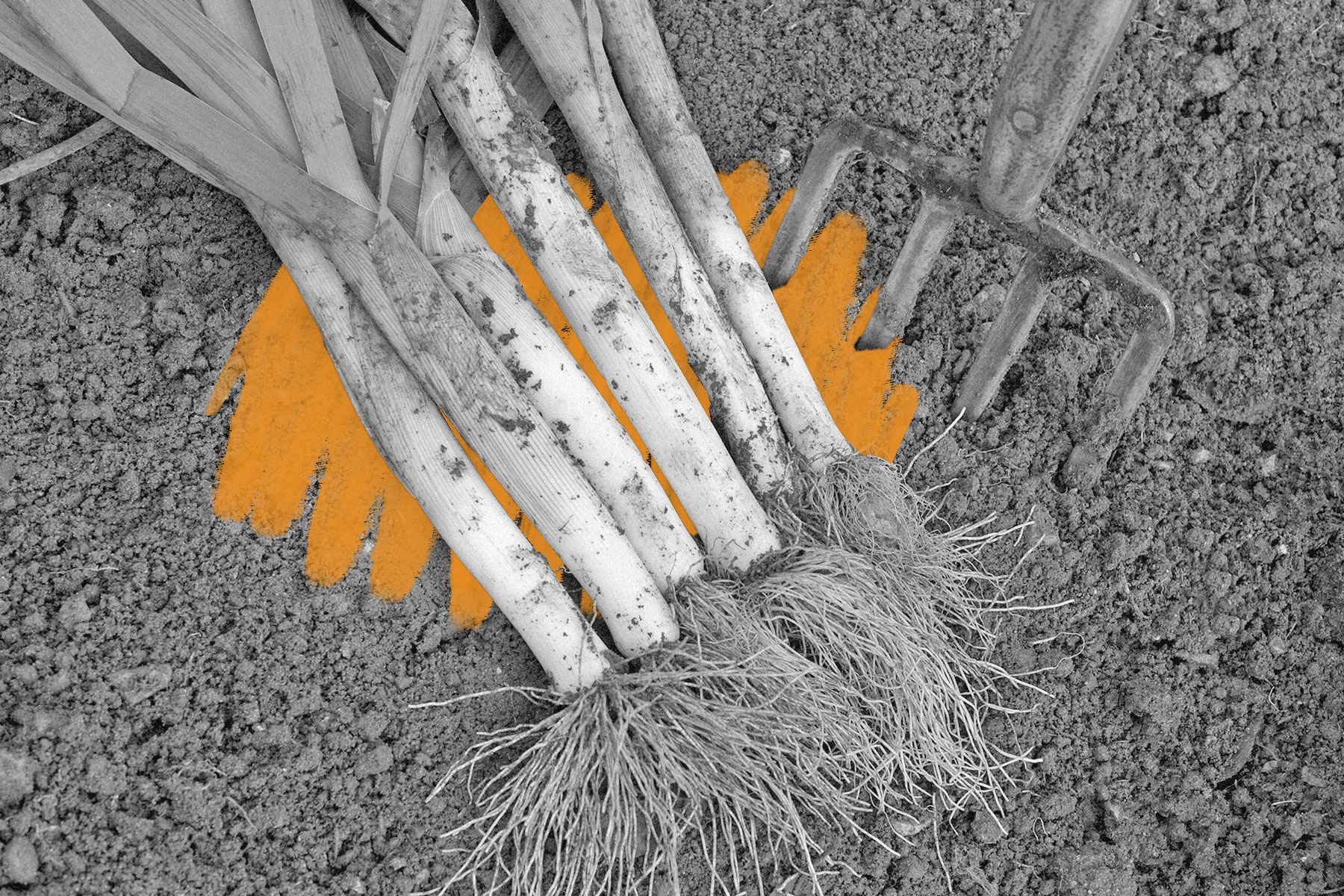| S t. David is the patron saint of Wales, and his feast day, celebrated on March 1, is a major national celebration full of parades and eisteddfodau (a Welsh cultural festival of poetry and music). Each year, revelers pin leeks to their lapels, as the leafy vegetable has long been a national emblem of Wales. But how did the Welsh become associated with a type of onion, of all things? According to one prevailing theory, the connection began back in the seventh century, when David, then a Celtic monk, ordered soldiers to wear leeks on their heads in battle. |
|
| As the popular story goes, David instructed soldiers to pull leeks from the ground and affix them to their helmets during a battle against Saxon invaders, so that other Welsh soldiers could easily differentiate their comrades from their enemies. (Another version of the story says the order was given by Cadwalader, king of the Welsh kingdom of Gwynedd.) However, some historians suggest the tale is just a myth, and one that got an extra boost when the Welsh scored a major military victory in a leek field at the Battle of Crécy during the Hundred Years' War. In any case, leeks became a point of national pride for the Welsh. William Shakespeare even referenced the connection several times in his play Henry V, most notably when Pistol, an Englishman, makes a disparaging remark about the vegetable. The Welsh Captain Fluellen, wearing a leek in his cap, insists that Pistol eat one in retaliation. He retorts, "If you can mock a leek, you can eat a leek." |















0 comments:
Post a Comment